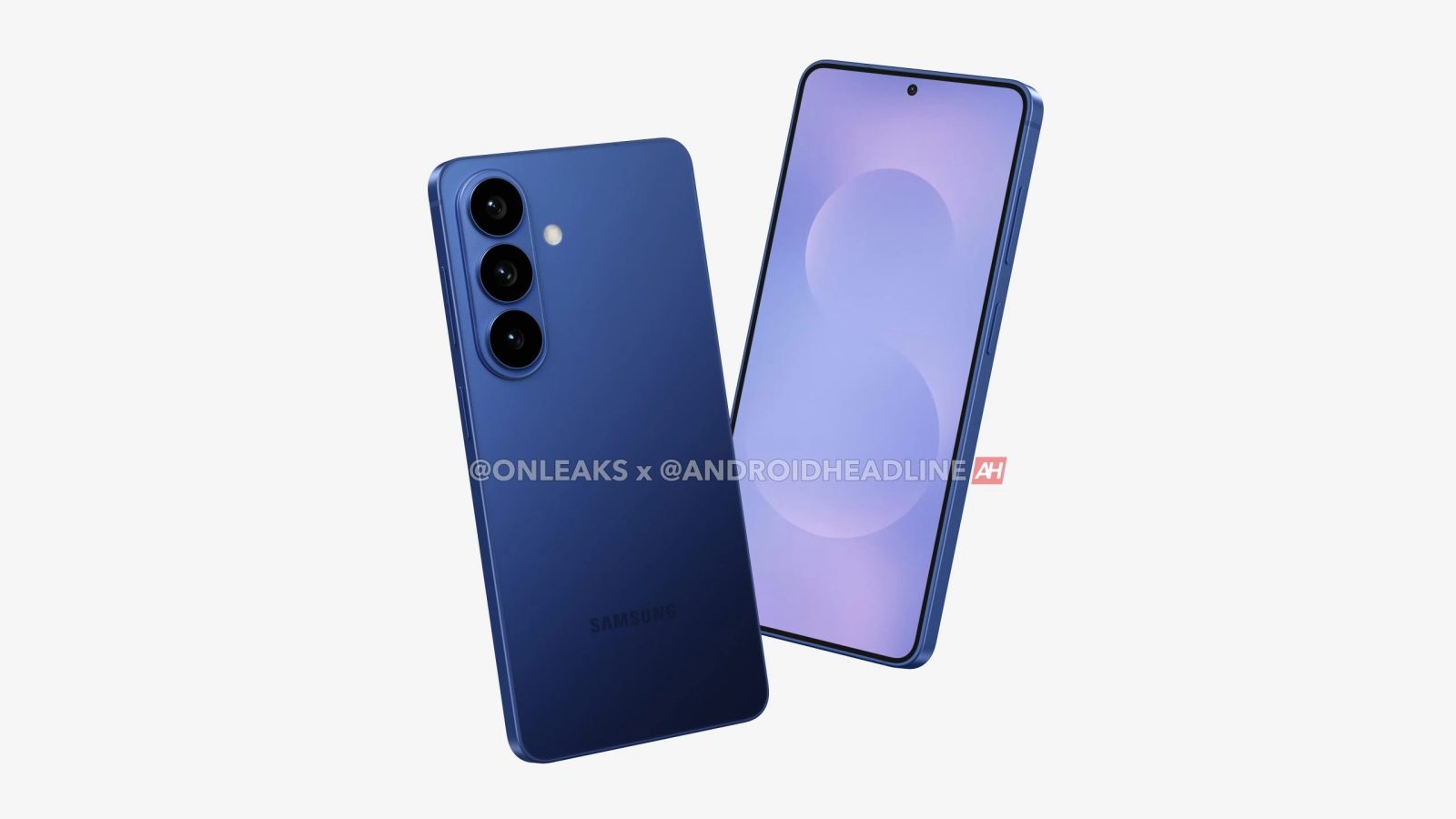Samsung Revamps Galaxy S26 Strategy in Response to iPhone 17’s Market Impact
In the ever-evolving smartphone industry, manufacturers continually adapt to market dynamics and competitor innovations. Samsung’s recent strategic shift concerning its upcoming Galaxy S26 series exemplifies this trend. Initially, the company had ambitious plans for the Galaxy S26, aiming to introduce a slimmer design coupled with a larger battery capacity. However, the launch of Apple’s iPhone 17 has prompted Samsung to reassess and modify its approach.
Original Vision for the Galaxy S26
Samsung’s initial blueprint for the Galaxy S26 was to offer a device that was both aesthetically pleasing and functionally superior. The design was set to feature a sleek 6.9mm chassis, a notable reduction from previous models, and house a substantial 4,900mAh battery. This combination aimed to provide users with a device that was both lightweight and capable of extended usage without frequent recharging. Additionally, there were considerations to rebrand the base model with a Pro suffix, signaling enhanced features and performance.
Impact of the iPhone 17 Launch
The unveiling of Apple’s iPhone 17 introduced significant enhancements that resonated with consumers. Notably, the base model of the iPhone 17 came equipped with a 120Hz 6.3-inch display, a feature previously reserved for Apple’s Pro models. This upgrade, offered at a price point consistent with its predecessor, positioned the iPhone 17 as a compelling option for a broad consumer base. The market’s positive reception to these enhancements presented a challenge for Samsung, especially given its plans to introduce the Galaxy S26 at a higher price point due to its new design and features.
Samsung’s Strategic Response
In light of the competitive landscape shaped by the iPhone 17, Samsung made the strategic decision to revise its Galaxy S26 plans. The company opted to revert to a 7.2mm chassis, aligning more closely with previous models, and adjusted the battery capacity to 4,300mAh. This recalibration aimed to balance design aesthetics with cost considerations, ensuring the device remained competitively priced. The decision to forego the Pro branding for the base model further indicates Samsung’s intent to maintain clarity in its product lineup and avoid potential consumer confusion.
Broader Implications for the Smartphone Market
Samsung’s responsive strategy underscores the dynamic nature of the smartphone industry, where manufacturers must remain agile to address competitor moves and evolving consumer preferences. The rapid adjustments in product design and features highlight the importance of market intelligence and the ability to pivot strategies effectively. For consumers, this competitive environment often translates to a wider array of choices and innovations, as companies strive to offer devices that meet and exceed user expectations.
Looking Ahead
As the Galaxy S26 series approaches its anticipated launch, industry observers and consumers alike will be keen to see how Samsung’s revised strategy plays out in the market. The company’s ability to adapt to competitive pressures while delivering a product that resonates with consumers will be crucial. Moreover, this scenario serves as a reminder of the continuous interplay between major tech players and the ripple effects that product launches can have across the industry.



